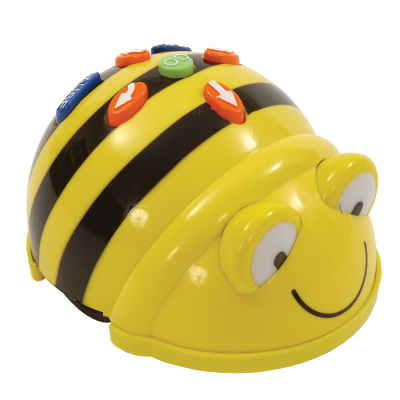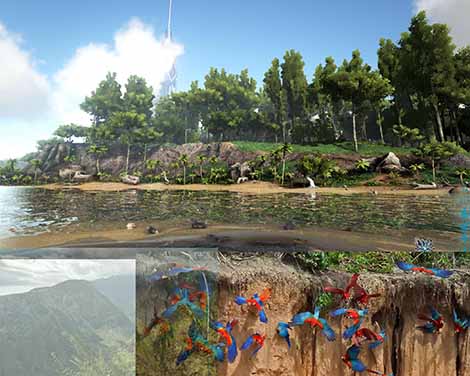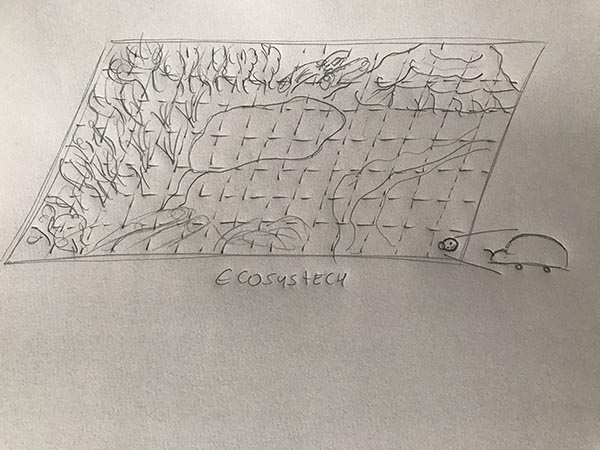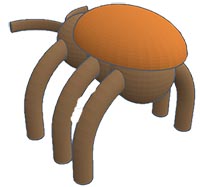1. Principles and practices¶
This week I worked on defining my final project idea and started to getting used to the documentation process.
Research¶
I have noticed that many of the students in the school where I work approaches to the different technological tools that we have today with a quickly and greedily attitude. This year we will work with a bee robot (beebot) which is a perfect tool for teaching some skills like sequencing, estimation, problem-solving, and for this purpose, science.

Beebot image taken from: https://www.terrapinlogo.com/beebot.html
The beebot follows the instructions given either moving within four possibilities, being these forward, backward, right and left.
Looking for my students to develop programming and directional skills is that I decided to seek to create a model which is integrated into one of the areas of study such as science.
This model will be like a toy for my students in which they will learn about ecosystems, habitats, animales but performing the skills mentioned above.
Project¶
Ecosystech¶
-
Materials:
a. Plywood

b. Electronics
c. Laser cutter
d. Glue
- Size: The model wil be a rectangular shape: 60cm x 48cm. It will contain the image of the jungle.

The squares for the path. 6cm x 6cm each

Challenge:
a. Frog: This animal has to reach the lake and when it reaches it, the lake's like turns on. It means that the habitat of the frog is the lake as it is an amphibian.
b. Ladybug: This insect has to reach the trees. When it reach the trees, a light turns on indicating that the forest is its habitat.
c. Parrot: This bird will reach the clay licks. Once it reaches it, a light turns on.

Once the animal reaches the habitat, a light will indicates its true.

Here a model of how the insect will be. Done in tinkercad

Aims:
- Identify the animal with its own habitat in an ecosystem.
- Programing, science, problem-solving skills using the different animal bots.